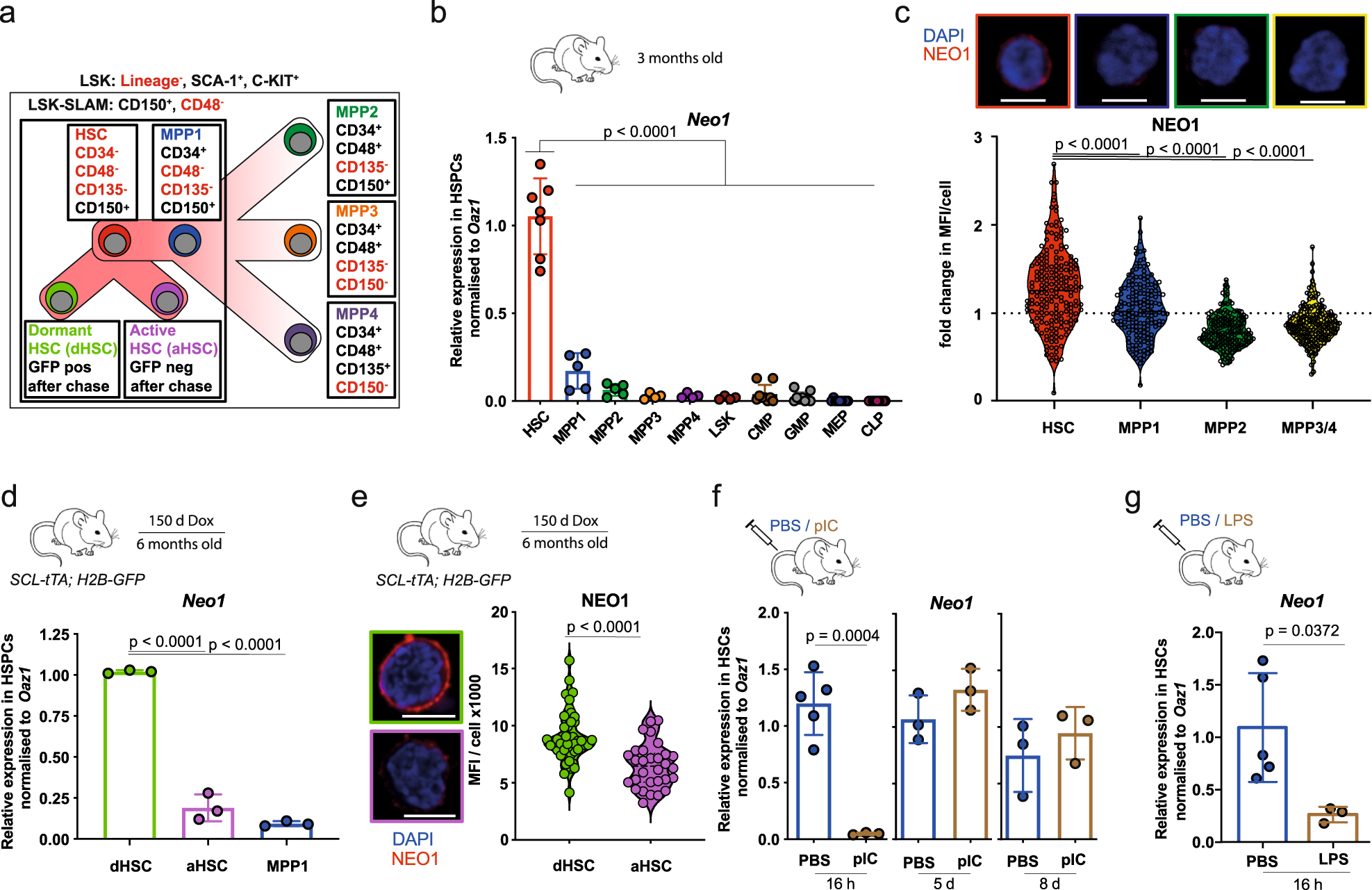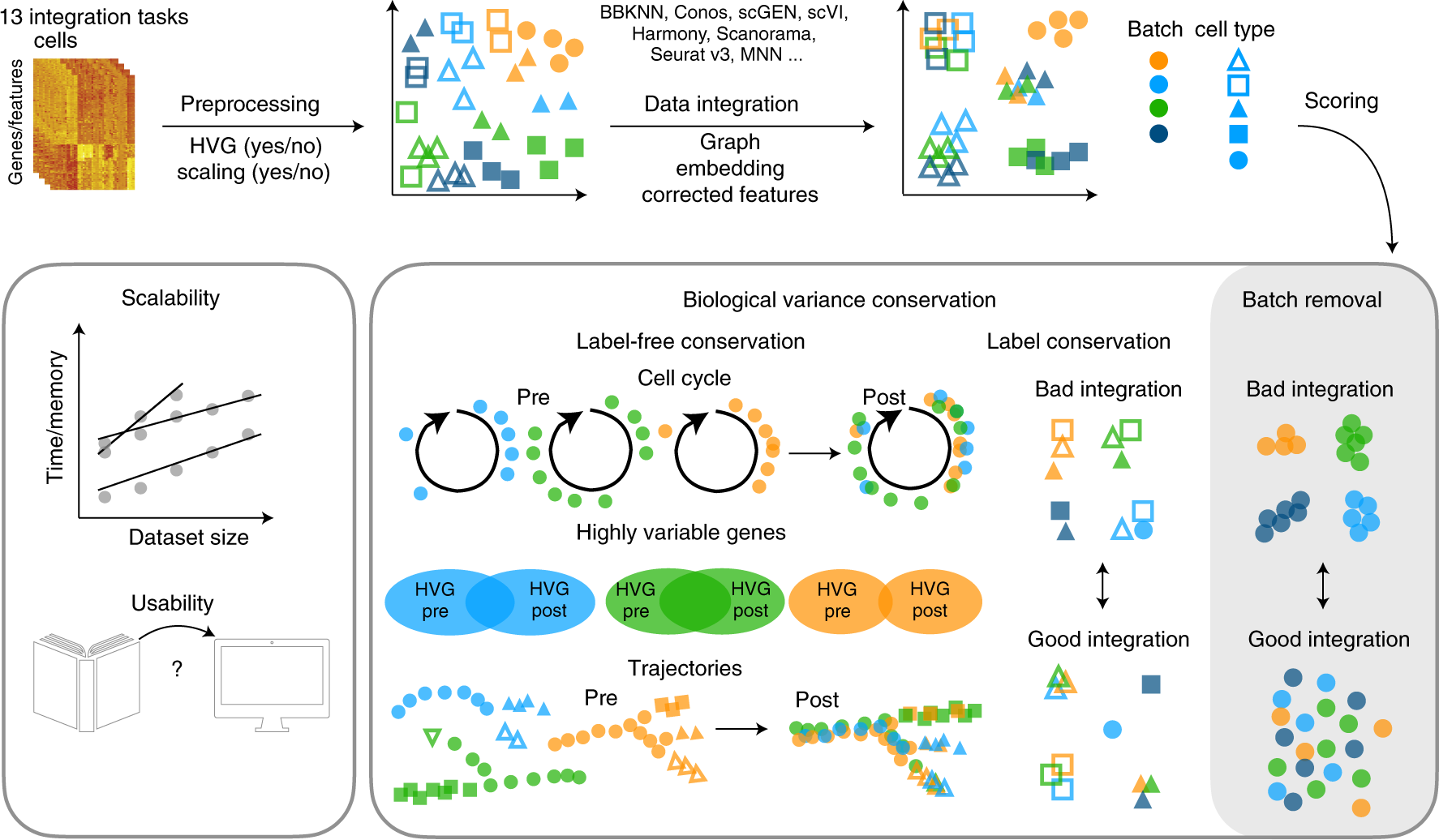

The autophagosomes then fuse with lysosomes and create autolysosomes where the cargo is degraded and released as critical nutrients, such as fatty acids, back into the cytosol ( Gatica et al., 2018 Li et al., 2020 Patra et al., 2020). Cytoplasmic materials are first surrounded by vesicles, which eventually form double membrane structures called autophagosomes ( Klionsky et al., 2014 Gou et al., 2020). The activation of autophagy frequently occurs in the context of nutrient shortages and other stresses ( Jacomin et al., 2020 Martel et al., 2020). Finally, we present the role of rhythmic autophagy in nutrient and energy metabolism and its significance in physiology and metabolic disease.Īutophagy is an intracellular degradative procedure that targets cytosolic components to lysosomes for degradation to maintain cellular homeostasis and provide substrates for energy generation ( Farias et al., 2019 Santin-Marquez et al., 2019 Yan et al., 2019). We then discuss the drugs affecting the circadian rhythm of autophagy. Moreover, we introduce the molecules influencing both autophagy and circadian rhythm.

This review discusses the interaction and mechanisms between autophagy and circadian rhythm. In addition, autophagy can affect circadian rhythm by degrading circadian proteins. Recent studies have indicated that autophagy is activated rhythmically in a clock-dependent manner whether the organism is healthy or has certain diseases. The factors affecting autophagy are numerous, such as diet, drugs, and aging.

Autophagy is a conserved biological process contributing to nutrient and cellular homeostasis.

The most essential physiological functions of mammals are manifested in circadian rhythm patterns, including the sleep-wake cycle and nutrient and energy metabolism. 4National Clinical Research Center for Geriatric Disorders, Xiangya Hospital, Central South University, Changsha, ChinaĬircadian rhythms are physical, behavioral and environmental cycles that respond primarily to light and dark, with a period of time of approximately 24 h.3Key Laboratory of Molecular Radiation Oncology of Hunan Province, Center for Molecular Medicine, Xiangya Hospital, Central South University, Changsha, China.2Department of Pathology, Xiangya Hospital, Central South University, Changsha, China.1Department of Pharmacy, Xiangya Hospital, Central South University, Changsha, China.Xiang Wang 1†, Zhijie Xu 2†, Yuan Cai 2, Shuangshuang Zeng 1, Bi Peng 2, Xinxin Ren 3, Yuanliang Yan 1* and Zhicheng Gong 1,4*


 0 kommentar(er)
0 kommentar(er)
